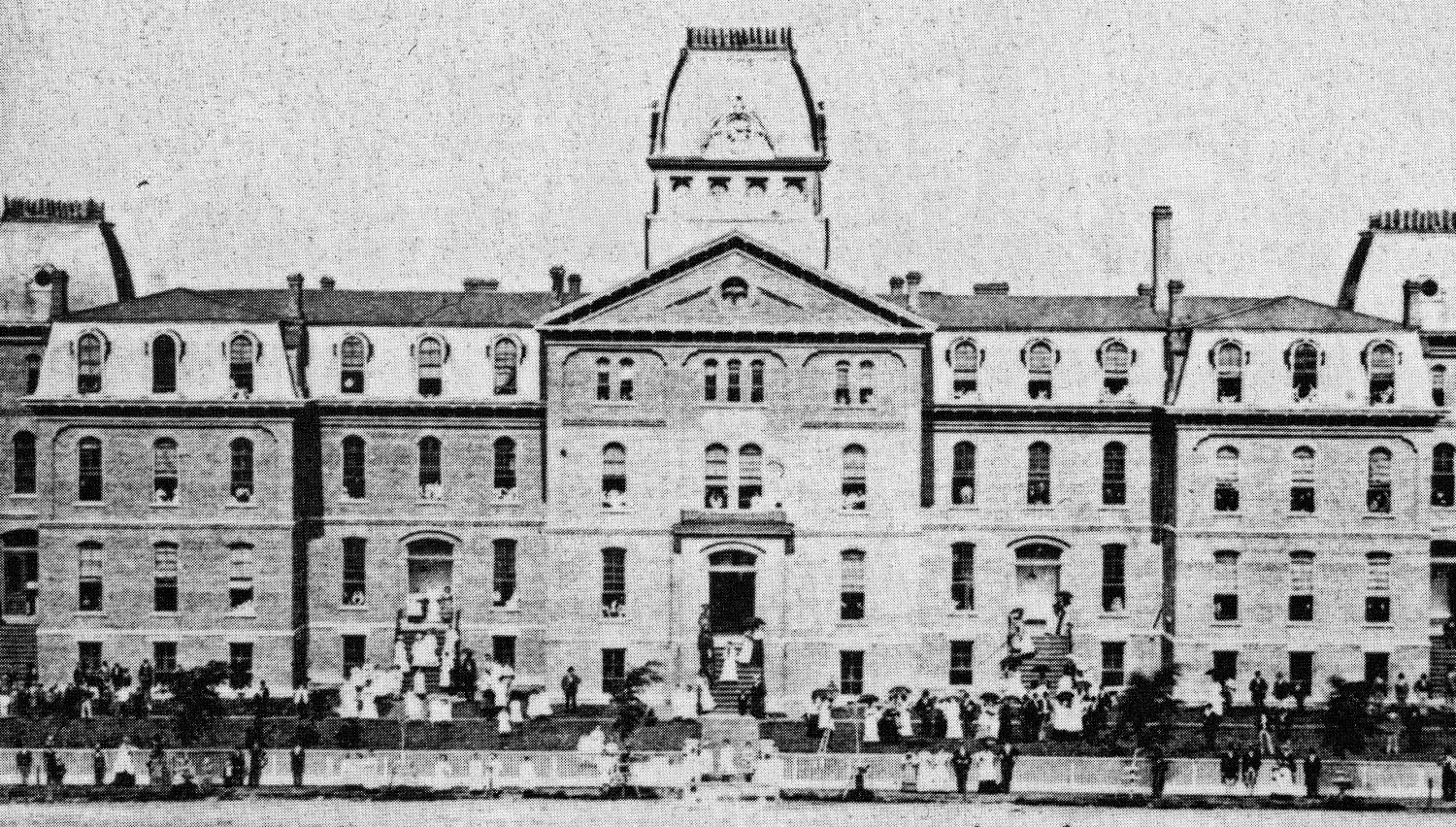The skills learned in the SUNY Geneseo History Department are widely applicable to work outside of college. During the Fall 2018 semester, I interned at the Livingston County Planning Department at the Government Center in town. Though this internship was set up through the Geography Department and requires GIS mapping knowledge, the research skills that I have learned in my history courses were indispensable to me. The bulk of my work at the Planning Department was an independent research project much like the final project I completed in Dr. Seale’s 302 course, Hacking the Middle Ages.
However, instead of pursuing research based on two early modern book pages, I used a feasibility study for a community center in Livingston County as the basis for my research. My original task was to compile a list of things that I thought the study lacked and decide on a research direction. From this point forward, I employed the “sleuthing” skills that I have learned through searching for sources for history papers.

The most helpful skills at the start of this internship were reading and thinking deeply about a source. I was tasked to create a project out of a one-hundred-page feasibility study that contained mostly statistics and survey data. This is where it helped to be able to make connections and read between the lines. The biggest takeaway from the study was that there are key community spaces in Livingston County that could be researched in depth to help determine the counties existing resources. My first creation was thus an Excel document with worksheets ready to record information on schools, libraries, workout centers, and parks.
In history classes, we are trained to mostly search through databases and scholarly sources, but remain open to other sources of information. For this more current project, unconventional sources like Facebook became my best friend. I found that this along with Google or Bing maps were the most accurate way to determine if a sports team or workout center was still active, for example. As I found community spaces, I also recorded various bits of information such as if there was a pool in school buildings, the hours of operation for workout centers, and the type of programming at libraries. In addition to collecting all of this attribute information, it was important to me that the community spaces be displayed visually. Below is an example, showing the distance from any one of the eight libraries in Livingston County.

Furthermore, researching parks led me to use a totally new method that involved both online sources and GIS skills. Though it was relatively easy to locate all of the county’s parks, I was interested in finding out what kind of resources were within the parks such as baseball fields, basketball courts, and sitting areas. To collect this information, I used satellite images that were in the county database to examine each park. However, these images were several years old and did not offer a close-up or street view which was often needed to determine if there were picnic tables or swing-sets. This is where I used Google Maps satellite imagery from 2018 and any street views to determine exactly what spaces each park contained. Though time-consuming, this was rewarding work that later allowed me to create an updated parks and recreation map for the planning department which can be found below.

When the community center project was finished, I was then given a variety of mapping and file management tasks. This strictly mapping portion was refreshing because I was able to create documents that supported other departments in the government center. Another task I had at this point was to update PDF maps because there have been new roads built since the maps were initially made. Updating these maps required overwriting files with a new version that had the current road networks.
As a student of history, this was not my favorite method because it changed the original version of the map, often made between four to eight years ago. Though the only change made to the files was often an almost indistinguishable new road path or name, I still would have preferred saving a new copy to overwriting the old one. However, due to storage space and redundancy, this does not make sense due to the amount of copies that would eventually end up needing to be saved. As most mapping occurs digitally now and some map files may never leave the computer, it will be important to keep these issues in mind and document as much of the process as possible. I chose to do this by creating a spreadsheet that went along with my work indicating the name of the overwritten file, the road change that occurred, and the date that I saved the updated version. I hope that by doing so, I was able to preserve a bit of the history of each file.
Overall, I had a great experience in this internship and it allowed me to blend together my skills as a history and geography major and see how they work in a setting outside of the classroom.

